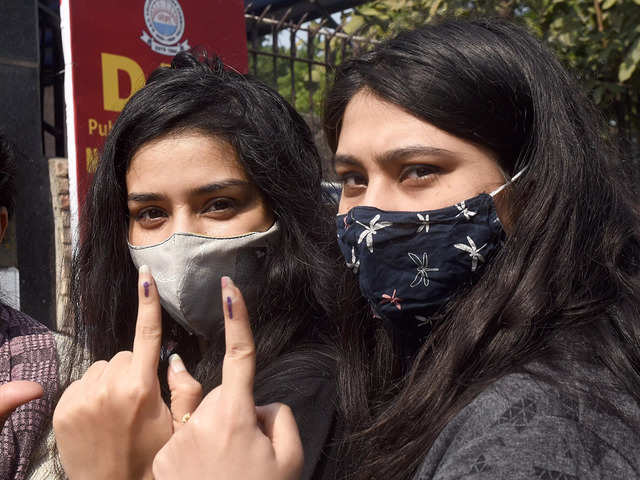
Nidhi Sinha, Head of Content, Mintel Reports India
How brands can empathise with their consumers thereby building an emotional connect and bond between the consumer and p...
Jun 29, 2021, 11:38 IST
brands
How can brands take the empathy route to reach consumers?
Jun 29, 2021, 11:38 IST
How brands can empathise with their consumers thereby building an emotional connect and bond between the consumer and p...
- There is a growing sense of empathy seen across the board after the pandemic.
Nidhi Sinha , Head of Content,Mintel Reports India writes why it is important for brands to take the empathy route in their communication to connect with their consumers better during a pandemic.
Care for community and environment
The last few years have witnessed a spike in products that focus on claims related to human values and ethics such as education, gender equality, care for the environment and support for farmers. Brands have been looking to incorporate ethics through claims like ‘Fair Price’, ‘Support for local farmers’ and ‘Empowerment of women’ across product ranges.
In fact, the pandemic has accelerated consumers’ concerns towards community as a whole. Mintel’s latest research highlights that since the COVID-19 outbreak, 59% of consumers are giving higher priority towards the environment and 41% towards local community. Brands like Cadbury have been quick to respond with its ‘Thank you’ campaign on its packaging to show gratitude towards frontline COVID-19 warriors and the campaign by ID Fresh highlights how a student is worried about his teacher are examples of brands understanding the need to showcase a softer side in their narratives. Association with such emotions can help brand to connect with consumers and make them feel that they are part of a movement towards the betterment of society.
With the worsening impact of the pandemic on consumers and their livelihoods, brands that offer assistance or showcase empathy towards those impacted resonates with consumers. In turn, consumers are happy to support and endorse these brands as they feel good about contributing towards the welfare of the society, thereby, offering them emotional solace. As per
The penetration of technology and social media have made it easier for brands to bring stories about the the efforts taken by brands in helping communities to the forefront. Brands like Khadi and Vahdam Teas explicitly talk about sustainable farming and how they contribute to the growth and development of their farmer community through the products sold. This cater to the emotional need of consumers as they feel their support to the brand is helping these communities.
What it means
Consumers are looking for ways to help community, environment and humanity at large. With COVID-19 driving a greater shift towards empathy and kinship, people will become more receptive to the needs of their community. Wider penetration and adoption of digital and social media platforms will help brands to reach out to a wider audience, thereby enabling them to make more of a difference than ever before.
Today, consumers are not only are they looking at the back-of-packs to understand the ingredients but are concerned about the source of ingredients, the people involved and the impact on environment. They are basing their decision on all these factors as they assign a high score to the moral value of brands.
Brands which are able to talk about their care for environment, their commitment towards people involved as well as how their stance on social issues will stand out from the crowd.
INSIDER INTELLIGENCE REPORTS







